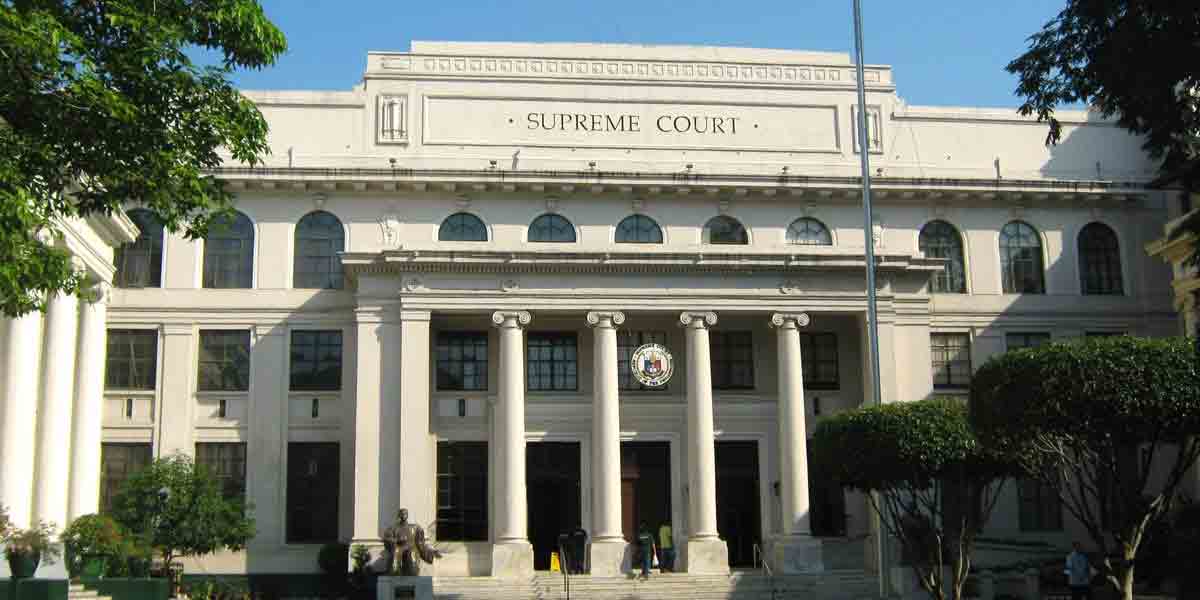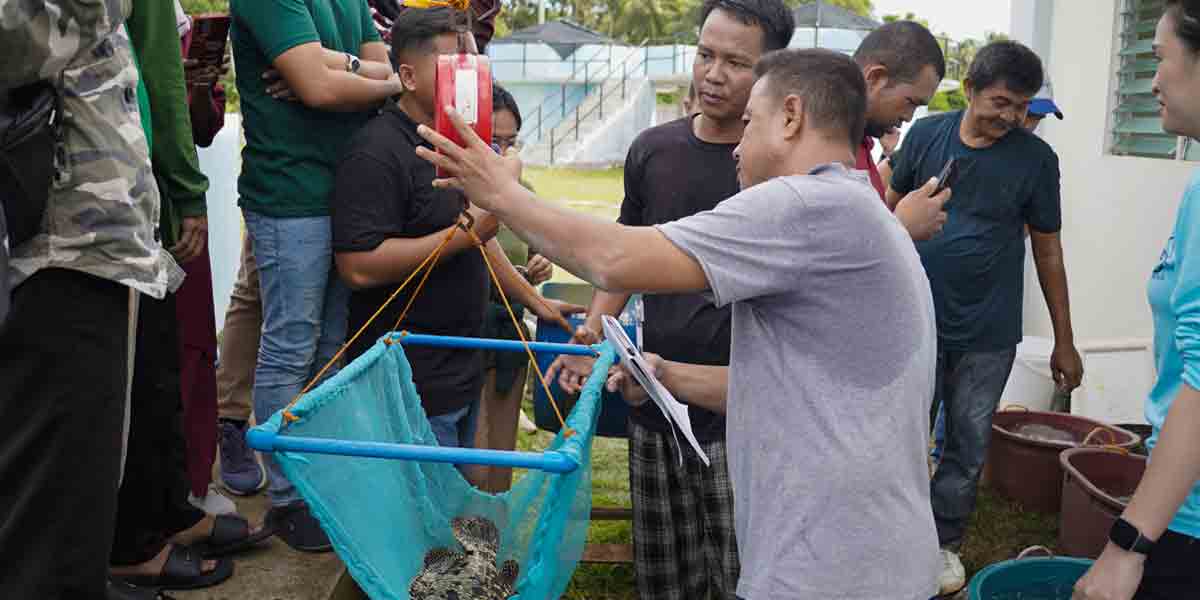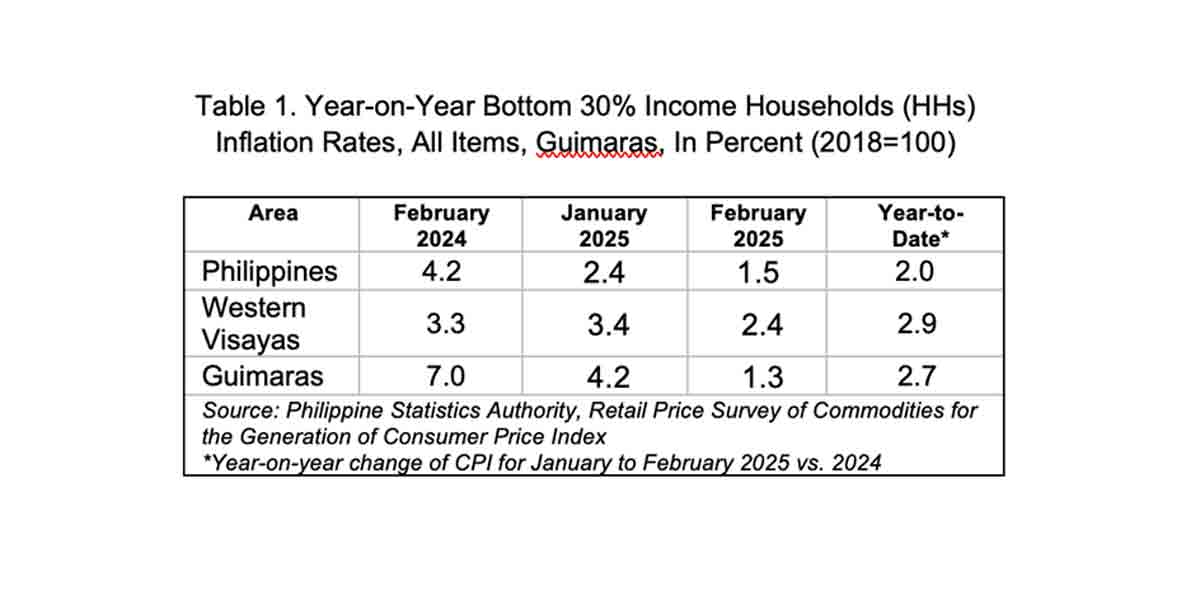
By Joseph B.A. Marzan
The Mines and Geosciences Bureau-Region 6 (EMB-6) on Monday warned that erosion is becoming increasingly imminent in Aklan’s Boracay Island, citing the emergence of sinkholes identified in key areas of the island.
The Department of Environment and Natural Resources-Region 6 (DENR-6) on Monday, December 12, hosted a media forum together with its regional attached agencies to discuss its gains for 2022 amid the switch between the Rodrigo Duterte and Ferdinand Marcos Jr. administrations in the middle of the year.
EMB-6 chief geologist Mae Magarzo said the number of sinkholes in the country’s top tourism gem increased from 798 in 2018 to 815 in 2022, and the number of cave openings from 534 (2018) to 544 (2022).
Magarzo described sinkholes as land depressions caused by the removal of support underneath the landmass due to earthquake, or due to the lowering of the ground waters.
Sinkholes are not found in other types of rocks but exclusively in limestone areas like Boracay.

This was a gradual increase when the increases in sinkholes (801 in 2019, and 814 in 2020) and cave openings (543 both in 2019 and 2020) are factored in.
This was based on the Geohazard and Hydrogeological Mapping in the island conducted from March to October 2018 and between 2019 to 2020, which included, among others, Karst Subsidence Hazard Assessment and Ground Penetrating Radar (GPR) survey, as well as Interferometric Synthetic Aperture Radar (IfSAR), Light Detection and Ranging (LiDAR), and National Mapping and Resource Information Authority (NAMRIA) mapping.
The procedures used by the agency involved all three barangays in the island (Balabag, Manocmanoc, and Yapak).
“You could see that there are many sinkholes and as many caves existing in the island [in 2018]. For 2019, it increased. For 2020 data, another increase, [around] 13 sinkholes determined by LiDAR, IfSAR, NAMRIA topographic map, and drone,” said Magarzo.
“For the 2021 to 2022 data, our number of sinkholes increased to 815 and 544 for cave openings. If we looked at the [Karst Subsidence Susceptibility Map] of Malay, particularly Boracay Island, all of [the barangays] are susceptible, high-risk for sinkholes,” she added.
Magarzo also presented the Scale Coastal Geohazard Map of the island, which indicated the possible erosions and accretions which may occur.
“In the main beach, there is the red line [for moderate erosion], and going down to the main beach, there is a low erosion,” she said.
Magarzo likewise explained that the increase was due to the melting of limestones caused by acidic water.
Since Boracay is made entirely of limestone, its chemical composition, which is calcium carbonate, gradually melts when it comes in contact with acid, especially acid rain. And sinkholes are formed in limestone, she said.
MGB-6 considers this as the “most dangerous type of hazard” because of the lack of visible indicators.
She added that increasing or sustaining the island’s current carrying capacity would cause more sinkholes to appear.
“Unlike in landslides [where] we’re able to determine cracks or lowering elevation, in sinkholes (sic), when the support underneath is affected, it will immediately fall down, including the structures standing there. […] We could see that there are more holes. The danger there is that if the island is overcapacitated in structures, there will come a time where many structures will collapse,” she explained.
The MGB-6 has been conducting the Geohazard and Hydrogeological Mapping in Boracay Island since 2018 as part of the island’s rehabilitation project by the national government.
DENR-6 Regional Executive Director Livino Duran said that erosions were effects of north east (amihan) and south west (habagat) monsoon rains, which he said they would look deeper into, in the context of sand being lost and redeposited onto the beaches by the winds.























Comments are closed.